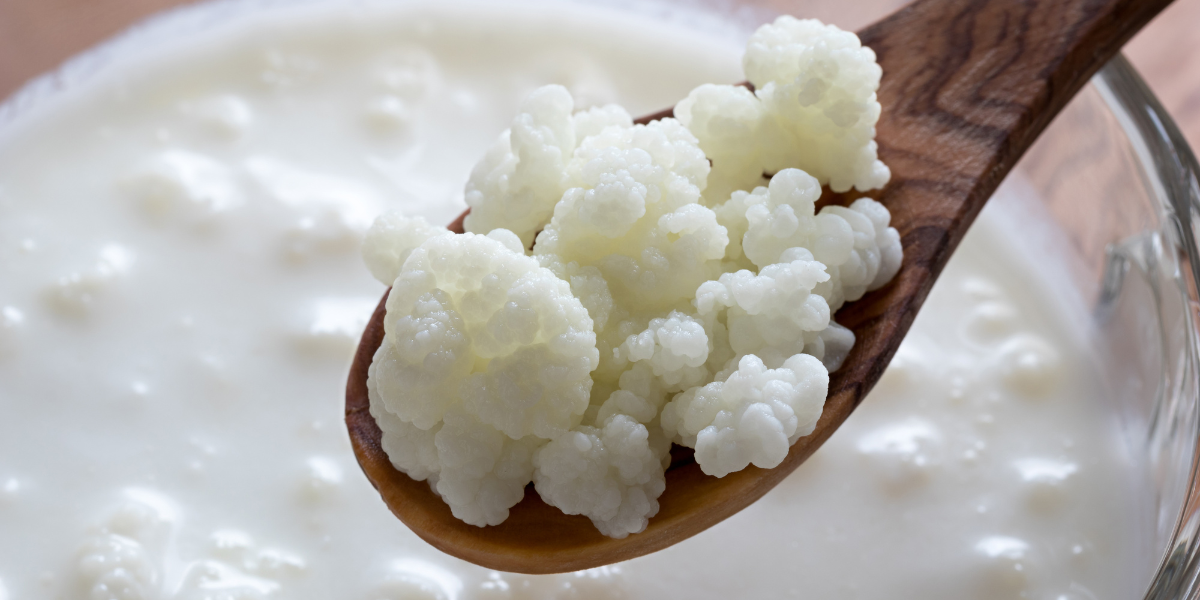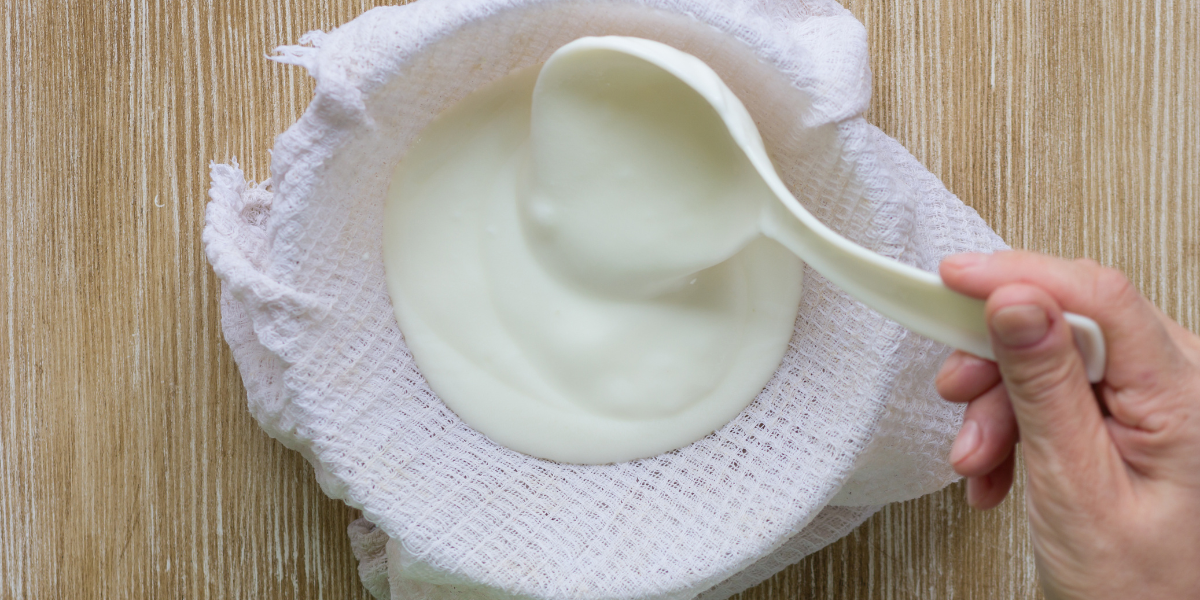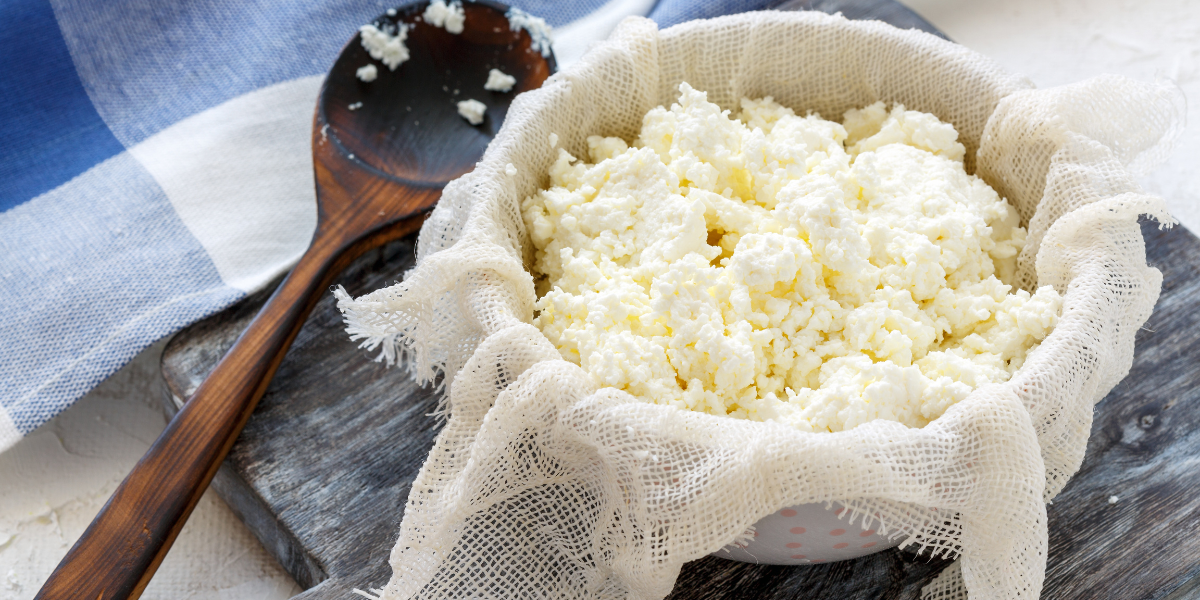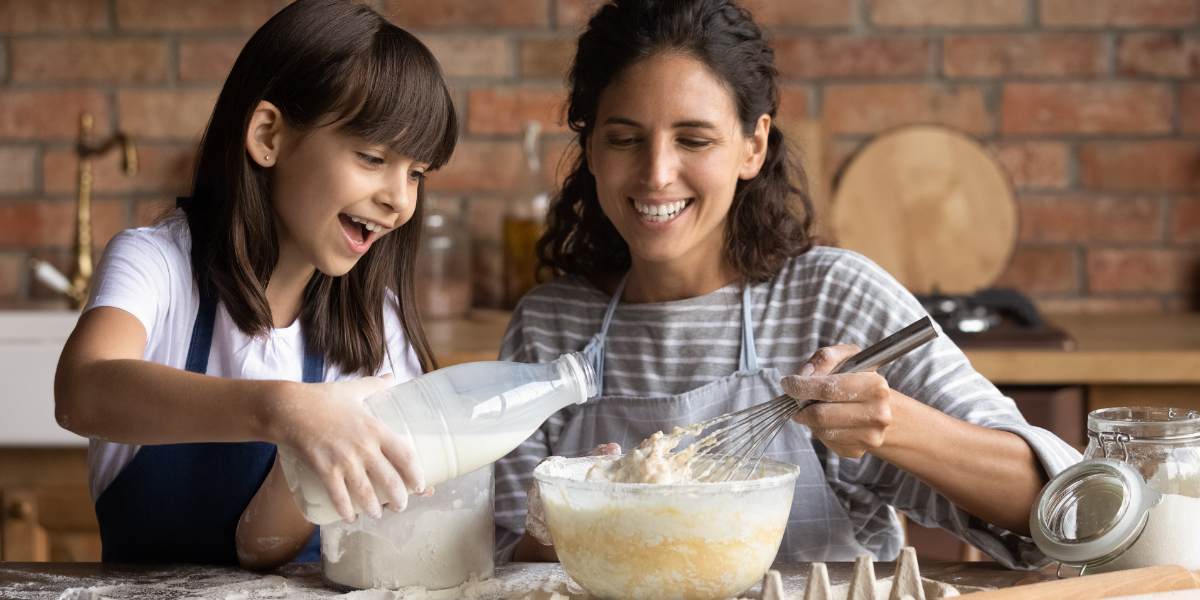
Easy Ways to Teach Kids About Dairy Fermentation at Home
When you teach kids about dairy fermentation, you’re introducing them to millions of tiny, invisible helpers working around the clock in your kitchen, transforming ordinary milk into tangy, creamy treats that taste completely different from where they started.
These microscopic magicians have been helping families create delicious, long-lasting foods for thousands of years, and now you and your child can watch the magic happen right on your counter, where beneficial bacteria turn simple ingredients into the kefir, yogurt, and cheese we love while teaching fundamental science concepts that connect to everything from how our bodies work to how ancient civilizations survived.
This article builds on part 1 of our series about making science come alive through food projects, where families discover how ancient preservation techniques reveal modern scientific principles through hands-on kitchen experiments. These dairy fermentation adventures let you and your child explore together how microscopic life forms create the familiar foods that appear on Canadian breakfast tables every morning, turning ordinary milk into extraordinary learning opportunities.
Today we’ll explore three dairy fermentation projects – kefir, yogurt, and cheese – each revealing different aspects of how beneficial bacteria work their magic while building scientific vocabulary and understanding that extends far beyond the kitchen.
See related:
Food Science Made Simple: Part 1 – Bread, Kimchi and Sauerkraut

Meet the Friendly Bacteria: Making Kefir Together
Kefir might look mysterious sitting next to the yogurt in grocery stores, but it’s actually one of nature’s most fascinating fermentation examples. This bubbly, tangy drink contains dozens of different beneficial bacteria and yeasts working together in perfect harmony, creating a probiotic powerhouse that’s been nourishing families for thousands of years across Eastern Europe and Central Asia.
What makes kefir absolutely perfect for teaching kids about dairy fermentation? The process happens quickly enough to hold young attention spans while demonstrating scientific principles that apply across biology and chemistry. Within 24 hours, your child watches ordinary milk transform into something completely different through the work of living microorganisms they can observe and measure.
The real excitement comes from experimenting with variables that affect fermentation speed and flavour. Using whole milk creates different results than skim milk because the bacteria feed on different compounds, while temperature changes make the kefir grains speed up or slow down like tiny living creatures responding to their environment. Your child discovers that science isn’t just theory – it’s observable, measurable, and deliciously edible.
To help you get started, here is a link that a reliable kefir recipe.
Kefir also brings up some lessons on health and remedies (and how they work on the human body), since it’s praised for its ‘miracle’ properties.

Discover the Science Behind Breakfast: Yogurt Making
Yogurt offers a completely different window into dairy fermentation science because it uses specific bacterial cultures working under carefully controlled conditions to create consistent textures and flavours. While kefir contains dozens of different microorganisms, yogurt typically uses just two main bacteria types that work together in predictable ways, making it perfect for teaching precision and scientific methodology.
This project demonstrates how small changes in process create dramatically different results, showing your child that science often depends on following procedures carefully while understanding why each step matters. The bacterial cultures need specific temperatures to thrive, particular timing to develop proper acidity, and exact ingredient ratios to create the creamy texture we expect from yogurt.
Here’s where the science becomes truly fascinating: yogurt exists in a state between liquid and solid called a colloid, where tiny particles remain suspended throughout the mixture without separating. Your child learns this advanced scientific vocabulary naturally while making breakfast, building understanding that makes future chemistry and physics concepts more accessible.
These great resources we found will guide your yogurt-making experiments:
Expanding the lesson with coconut milk yogurt reveals that dairy isn’t required for fermentation, raising fascinating questions about what bacteria actually need to survive and multiply.
Comparing Greek yogurt to regular varieties shows how different straining techniques affect final texture and protein concentration, reinforcing connections between scientific processes and measurable outcomes that your child can taste and evaluate.

Explore History Through Cheese Making Adventures
Cheese making opens the door to humanity’s longest-running science experiment, where people have been observing, testing, and perfecting fermentation techniques for over 8,000 years without understanding the microscopic processes that make it all work. When you teach kids about dairy fermentation through cheese making, you’re introducing sophisticated vocabulary like enzymes, coagulation, micelles, and peptides that become meaningful rather than intimidating because your child encounters them while creating something delicious, and this Smithsonian Magazine article provides excellent historical context for these scientific developments.
The process teaches patience and precision as your child learns that specific pressures, exact temperatures, and careful timing all affect the final product, raising wonderful questions about why some cheeses turn orange, what creates holes in Swiss cheese, and how lactose intolerance relates to different varieties.
This comprehensive Wired article explores these connections, while this dedicated cheese science website offers deeper exploration. Cheese making provides months of learning opportunities connecting microbiology and chemistry to nutrition science, cultural studies, and food history.
These dairy fermentation projects work because they engage multiple senses and learning styles simultaneously while providing immediate, tangible results that build confidence and enthusiasm for scientific discovery. The projects naturally build scientific thinking skills as your child observes patterns, makes predictions, tests hypotheses, and draws conclusions, discovering that science isn’t about memorizing facts but about understanding processes and asking thoughtful questions about the world around them.
Most importantly, these experiments happen in your kitchen with your guidance. This means you create positive associations with scientific learning. Your child also develops practical life skills like food safety awareness, following complex procedures, and understanding cause-and-effect relationships.

Building Scientific Confidence Through Delicious Discoveries
Food science projects provide multiple opportunities for success and learning from mistakes. It’s important to teach that scientific discovery involves iteration and continuous improvement. Your child also develops practical skills alongside scientific understanding. When mistakes happen, you and your child can discuss what occurred, form hypotheses about why, and test different approaches. This is exactly how professional scientists work.
When you teach kids about dairy fermentation, start with whichever project captures your child’s interest. For instance, do they find the quick results of kefir cool, or are they into the history of cheese crafting? We do this because success with one fermentation project naturally builds enthusiasm for the next experiment. Teaching kids about dairy fermentation at home requires minimal investment while delivering tremendous educational value. With these lessons, you create family traditions around scientific discovery. Your child also develops scientific thinking skills without realizing they’re studying.
Coming Next: Part 3 explores kombucha and ginger ale projects that demonstrate natural carbonation processes and reveal how fizzy beverages were created before modern manufacturing, continuing our journey through fermentation science with even more exciting experiments.
Ready to Support Your Child’s Scientific Journey?
School is Easy’s experienced tutors understand exactly how to nurture scientific curiosity while building strong academic skills across all subjects. Our personalized approach helps students develop the critical thinking and problem-solving abilities that make learning enjoyable and successful.




